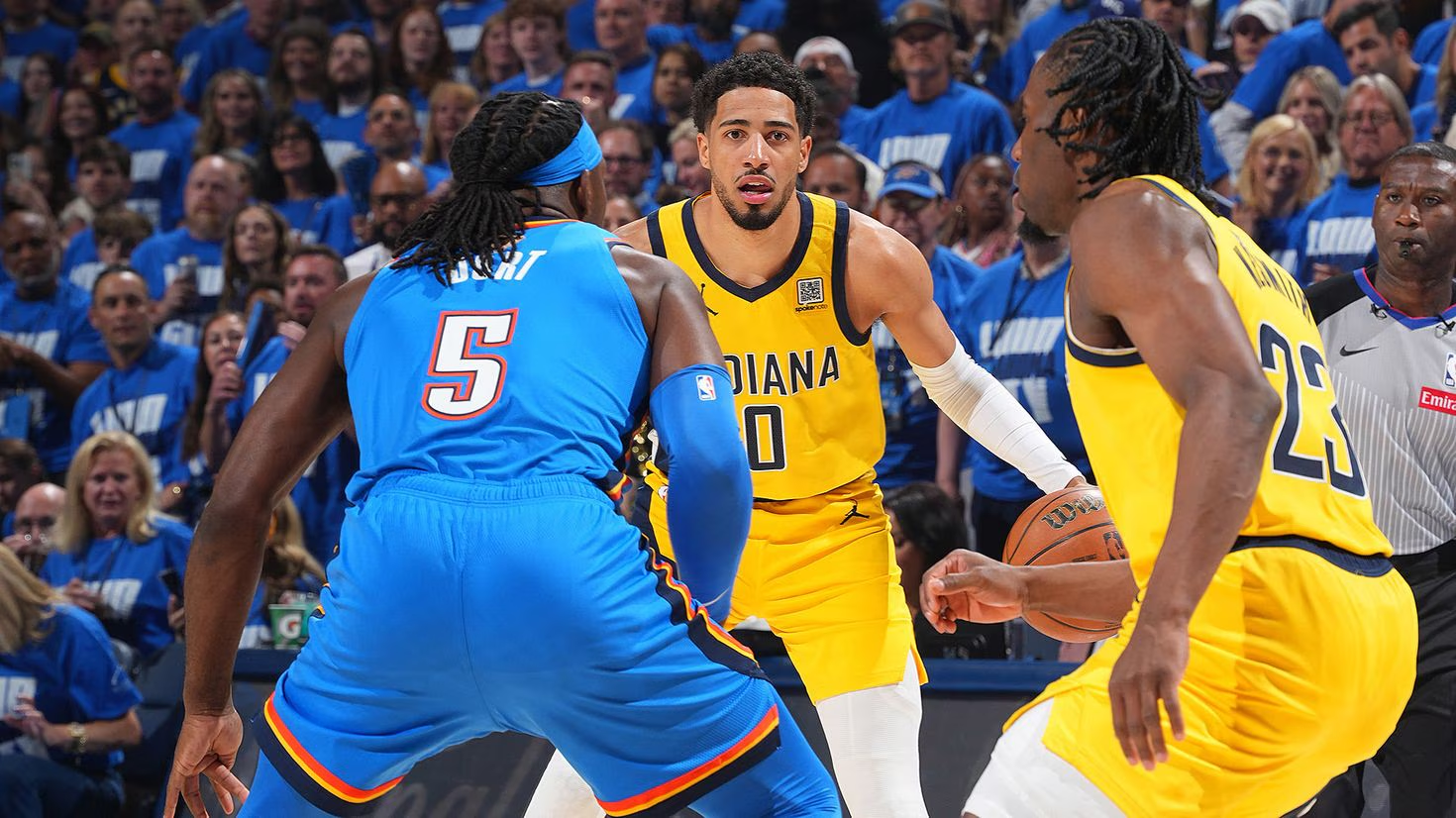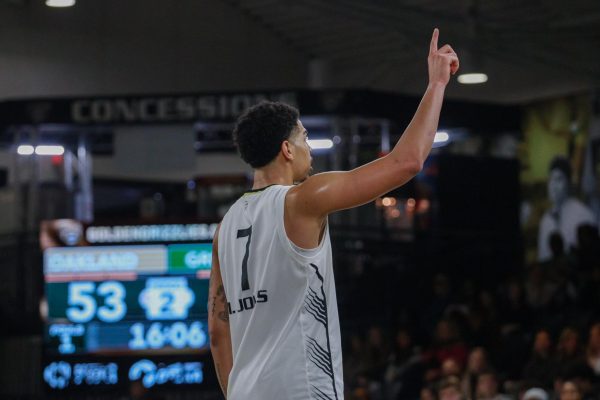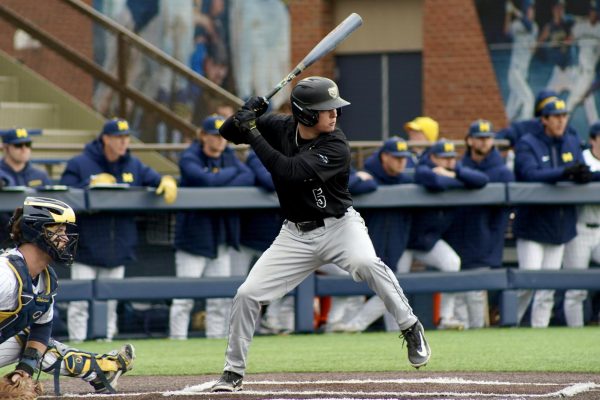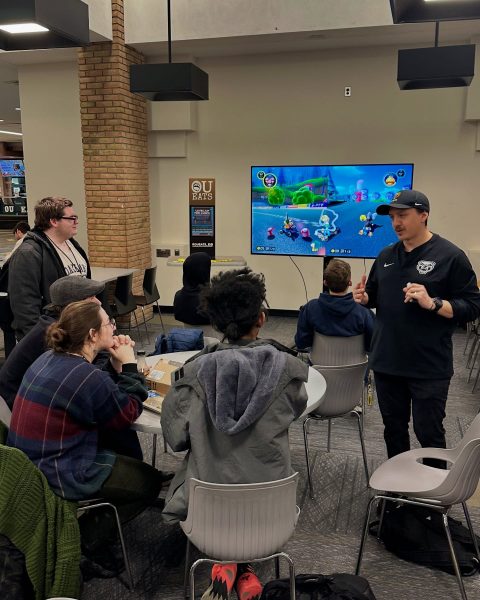NCAA landscape continues to change with autonomy ruling
The landscape of college athletics could drastically change after the NCAA board voted on autonomy earlier this month.
On Aug. 8, the NCAA Division I Board of Directors voted 16-2 in favor of a new governance model in collegiate athletics. This new model would give the Power Five conferences (ACC, Big Ten, Big 12, PAC-12 and SEC) and Notre Dame the ability to write many of their own rules. This would allow the conferences to decide on key issues like stipends, insurance benefits for players, staff sizes and letting student athletes pursue outside paid career opportunities.
The Power Five and Notre Dame have until Oct. 1 to set their own legislation and have it enacted in January 2015. This means that a lot of major changes, if they pass the right channels, will not be seen until at least next season.
Even though Oakland University is not in one of the power conferences, many of these possible changes will still have a huge impact on the future of the school’s athletics. Conferences outside of the Power Five can choose to change their legislation as well to match the Power Five conferences.
This proposal primarily affects football and basketball, by far the two biggest moneymakers for the NCAA. The Power Five conferences can certainly decide to split away from other conferences, just like the Horizon League. This could have a huge impact on recruiting and smaller school’s athletics.
Newly appointed OU Director of Athletics, Jeff Konya, said that he thinks these rulings and new changes might reframe some issues in larger conferences, but he does not believe that it will change what makes sports special. In fact, he sees this as a learning opportunity.
“I think this is a healthy exercise because it forces a school like Oakland University and its competitors to say, ‘what do we really want to be about? What do we value?’” Konya said.
The most discussed issue that could change for college athletics is stipends, which would allow certain college athletes to make anywhere between a projected $2,000 and $5,000. On Aug. 8, U.S. District Court Judge Claudia Wilken ruled that the NCAA broke the law restricting schools from providing money beyond current scholarship limits to athletes. The NCAA notified the 9th U.S. Circuit Court of Appeals on Aug. 21 that it intends to appeal the ruling, but no formal appeal has been submitted.
There have been a wide range of opinions on the topic, especially in the last couple of months. Some side with the courts, while others see merit in the NCAA’s side. WXOU Sports Director, Austin Puckett, sides with the courts, because he believes that it is already going on in large programs.
“I personally believe that college athletes should be paid,” Puckett said. “In a way, paying athletes would level the playing field between programs that break the rules and programs that don’t, especially in high-end college football like the SEC.”
As for how it relates to OU, Konya admits that he would have to look things over to decide how to handle stipends if it becomes a reality.
“I think a lot of it is still undefined,” Konya said. “That would be something that we would then have to identify and say, ‘Based off this legal decision, here’s how we think Oakland fits into the grand scheme.’”
There is still much to be decided when it comes to the future of college athletics, but one thing is for certain; the next few months have the potential to permanently change the NCAA and the conferences governed by it forever.






